What is the Difficulty Level of the Everest Panorama Trek?
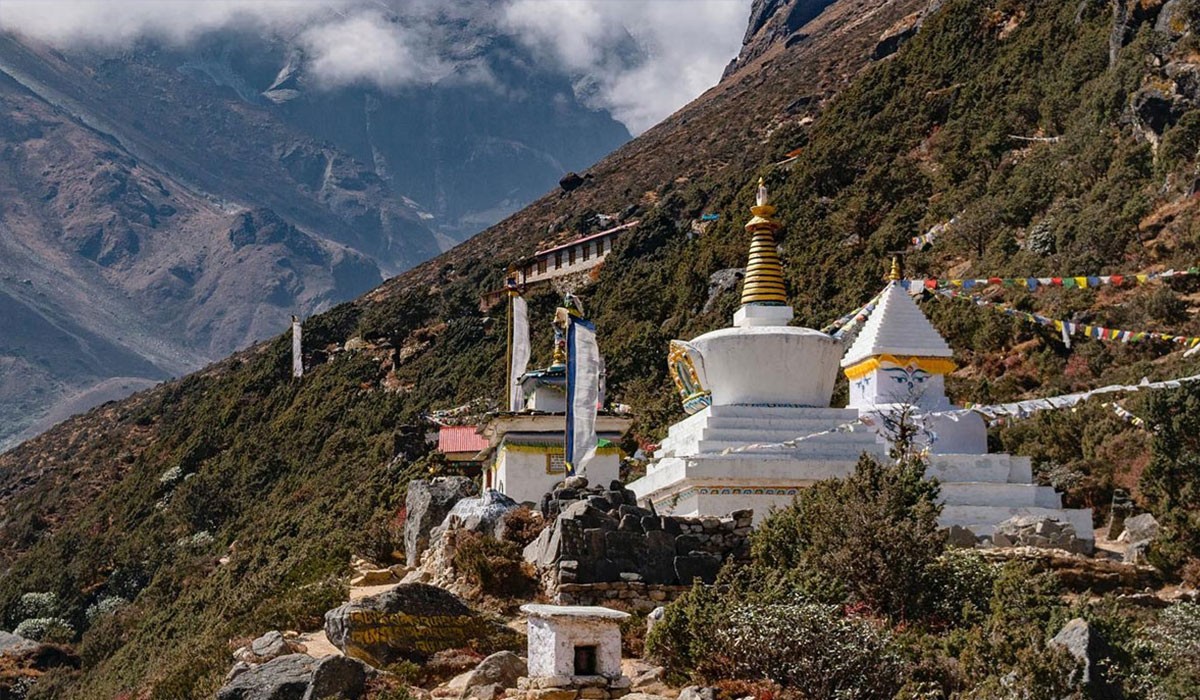
This Everest Panorama Trek has been labeled as an easy-grade trekking exploration in the Himalayas. If you are looking for the easiest adventure to relish the fascinating magnificence of the region that houses the world’s tallest peak, it doesn’t get better than this.
In this remarkable trekking adventure, you will traverse across the mainstream trails of the Everest Base Camp Trek and explore the popular highlights of the region. However, this trekking adventure in the Khumbu region will not take you to the high-altitude jump points of the mainstream EBC route. So, you will be able to enjoy a more relaxed and comfortable trekking experience without pushing too much to the alpine altitudes.
Still, this is a high-altitude trekking adventure that will take you to the highest elevation point at Everest Hotel View [3,962 meters/ 13,000 feet]. So, you will still need to acclimatize properly, eat a balanced diet, and meet the hydration quota to avoid any kind of symptoms related to altitude sickness.
Similarly, in this fascinating Himalayan exploration opportunity, you will trek an approximate distance of 50 to 80 km (31 miles to 50 miles). You will need to cover the trekking distance of approximately 5 to 6 hours on average during each day. If you are not well-prepared, then taking on the rugged terrains at rising altitudes can still be quite a challenge.
Is This Trek Suitable for Me?
.JPG)
Trekking in the Everest region, the home to the highest snow-capped wonder in the world is the lifelong dream of every trekking enthusiast. However, to trek all the way to the foothills of Everest, you will need to overcome the significant altitude barriers. The long hours of trek and ascending to altitudes over 4,000 meters and 5,000 meters can be a demanding trip, which certainly isn’t suitable for every age group.
Thus, to experience the intriguing ambiance of the Everest region without missing out on the popular highlights of the region, Marvel Adventure has designed this ideal itinerary package. This incredible Himalayan excursion with a mild difficulty level is suitable for all trekking enthusiasts who are willing to put in a little bit of effort in training.
The success rate of the Everest Panorama Trek is at an absolute 100%. During this trek, you won’t exceed the altitude of 4,000 meters. The highest elevation point of this entire trek is Everest Hotel View [3,962 meters/ 13,000 feet], which is slightly above the acclimatization destination Namche Bazaar [3,440 meters/ 11,286 feet] in the standard Everest Base Camp Trek route.
So, in overall, this is an incredible trekking opportunity in the most popular Himalayan trekking destination in the world with mild difficulty and suitable for anyone willing to do it. With good health, basic fitness, and a little bit of training, this trekking adventure in the Everest region will become an extraordinary experience, even if you are a complete beginner.
How to Train Effectively for This Trek?
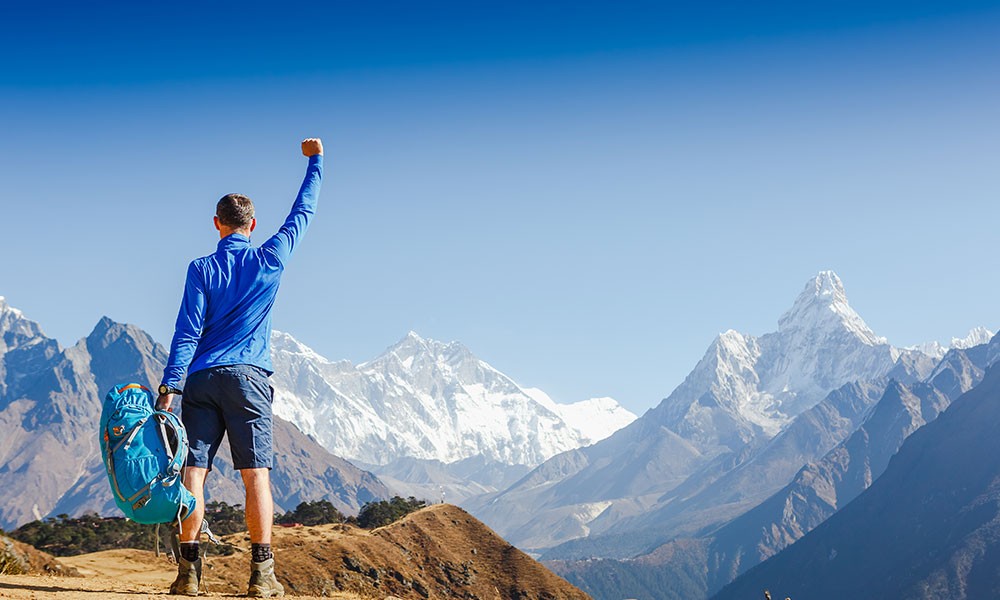
If you want to train more effectively and efficiently for Everest Panorama Trek, you will need to start preparing at least 3 to 6 weeks before the start date. This is the recommended period for training for altitude trekking adventure because the length of preparation will get your body accustomed to physical activities.
You can determine the ideal period for the trek after doing a proper physical assessment as well. If you are physically active, you won’t have to plan the training for a long period. Doing practice hikes is also another efficient way to understand the actual demand of the high altitude terrains in the Himalayan region.
Also, as you will trek for long hours at the rising altitude, you should emphasize your training around strength and stamina training. If you train right for the trek, this iconic Himalayan adventure will feel even more extraordinary.
Strength and Endurance Training Exercises: Squat, Plank, Lunge, Dumbbell Row, Tricep Extension, Bicep Curl, Leg Raise, Leg Press, Pull Up, Push Up, Plank, Deadlift, etc
Stamina and Cardiovascular Exercises: Running, Swimming, Stair Climbing, Jumping Rope, Cardio, Cycling, High Knees, Dancing, Mountain Climber, etc
What Permits Do You Need for the Everest Panorama Trek?
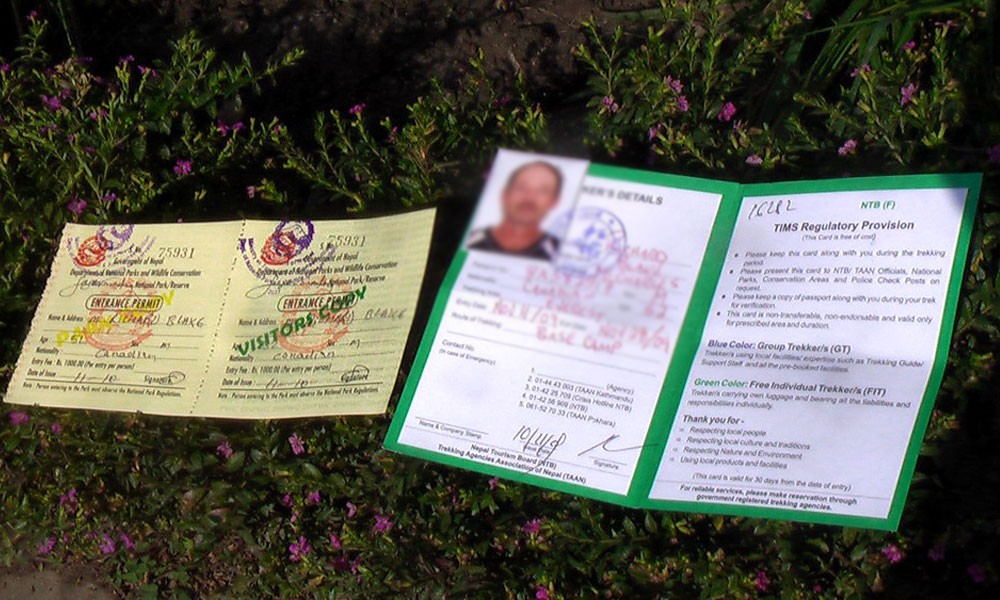
Although this is a milder form of adventure in the Everest region, you will still have to trek through conserved and protected areas. You will need to acquire three permits to do this exciting Himalayan exploration.
Permits Require for the Trek
- Sagarmatha National Park Entry Permit
- Khumbu Pasang Lhamu Rural Munciplaity Permit
- Trekkers’ Information Management System (TIMS) Card
Your trekking trail will take you through the protected areas of Pasang Lhamu Rural Municipality and Sagarmatha National Park, so both of these permits are absolutely mandatory documents. These permits will cost about US$ 30 (for Sagarmatha National Park) and US$ 20 for (Pasang Lhamu Rural Municipality) respectively.
Furthermore, the TIMS Card costs about US$ 17 and has been implemented by the Nepali authorities to improve the safety features for the trekkers. You will be able to get the Sagarmatha National Park Permit (available in Monjo as well) and TIMS Card from the Nepal Tourism Board Office in Kathmandu.
However, you can get the Khumbu Pasang Lhamu Rural Municipality Permit only at Lukla and Monjo. As collecting these permits can be a hassle during your exciting journey, Marvel Adventure will collect all the required permits for you.
Trip Safety
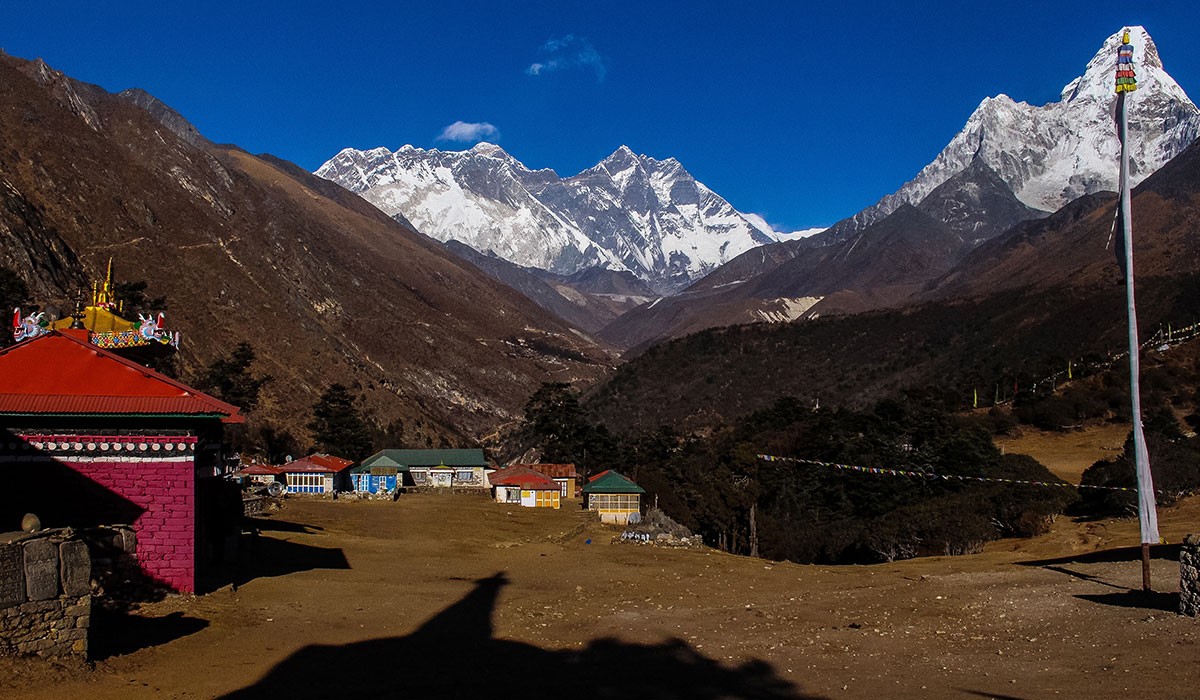
Marvel Adventure ensures the safety and well-being of the trekkers as we follow all the safety protocols during the trip. We take care of every aspect of your well-being during this Himalayan adventure, from sanitization and hygiene to altitude sickness and risk assessment.
Your guide will also conduct a physical inspection at the end of each day’s trek and check your oxygen saturation level to see how well your body is dealing with new altitudes. Similarly, the guide will do a thorough assessment of each day’s activity to ensure it goes seamlessly.
In case of general illness or altitude sickness, your guide who has received high altitude and first-aid training will make a call on the next step, coordinating with the head office. Even though the altitude isn’t significant in this trip and has minimum risk of altitude sickness, we will still arrange the supplementary oxygen bottles if needed
Food and Accommodation in Everest Panorama View Trek
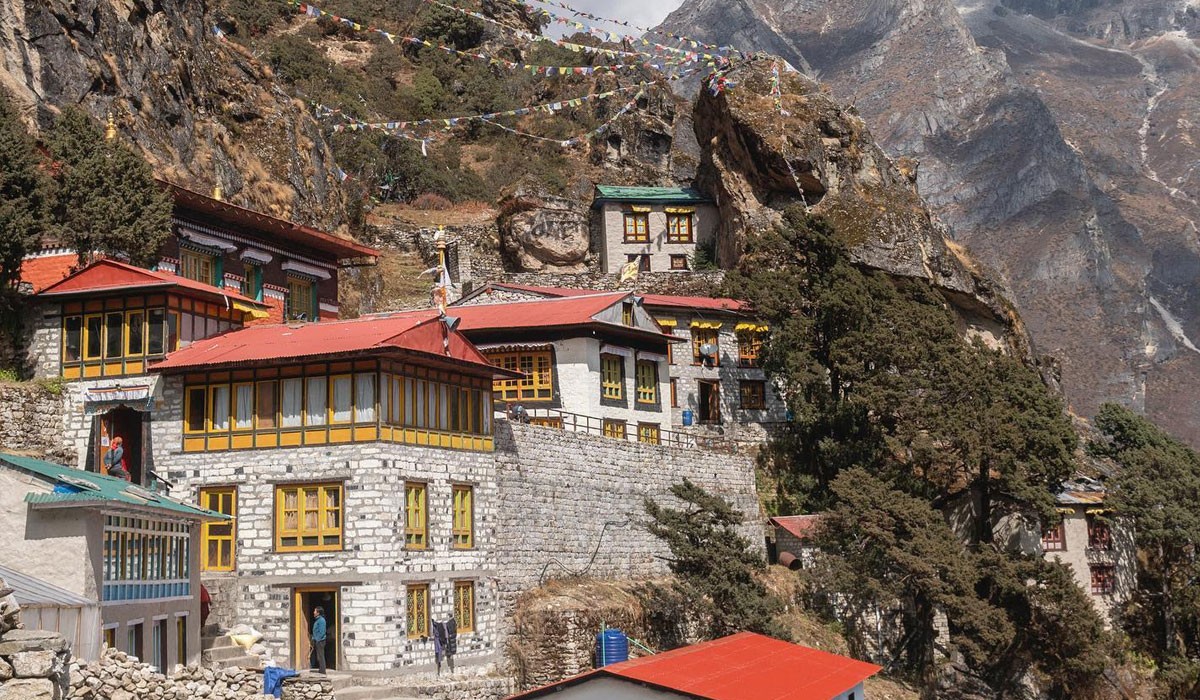
One of the major perks of doing the Himalayan teahouse trekking adventure in Nepal is the enthralling cultural experience. The fascinating culture, traditions, and warm hospitality of the lovely Himalayan natives in this trek will simply melt your heart.
On of that, the unique and delightful set of cuisines that burst with flavors inside your mouth is something to look forward to in this Himalayan adventure. The teahouses prepare meals with fresh and nutritious ingredients; of course, the love they pour while preparing the meals makes them more delicious.
Generally, at the teahouses in this exciting trekking route, you will be able to relish a wide range of local traditions and dishes from different corners of the country. Furthermore, other Asian and Western dishes with a touch of Nepali spices are other popular highlights of this trip.
Breakfast Menus at Teahouses: Tibetan Bread, Toast, Jam, Butter, Honey, Tea, Coffee, Milk, Juice, Salad, Fruits, Oats, Cornflakes, Pudding, Pancake, Paratha, Pakoda, Selroti, Chapati, etc
Lunch and Dinner Menus at Teahouses: Dal Bhat, Dhindo, Gundruk, Momo, Thukpa, Sherpa Stew, Bara, Chowmein, Pasta, Pizza, Spaghetti, Sandwich, Yak Steak, Fries, etc
What Kind of Accommodation Facility is Available?
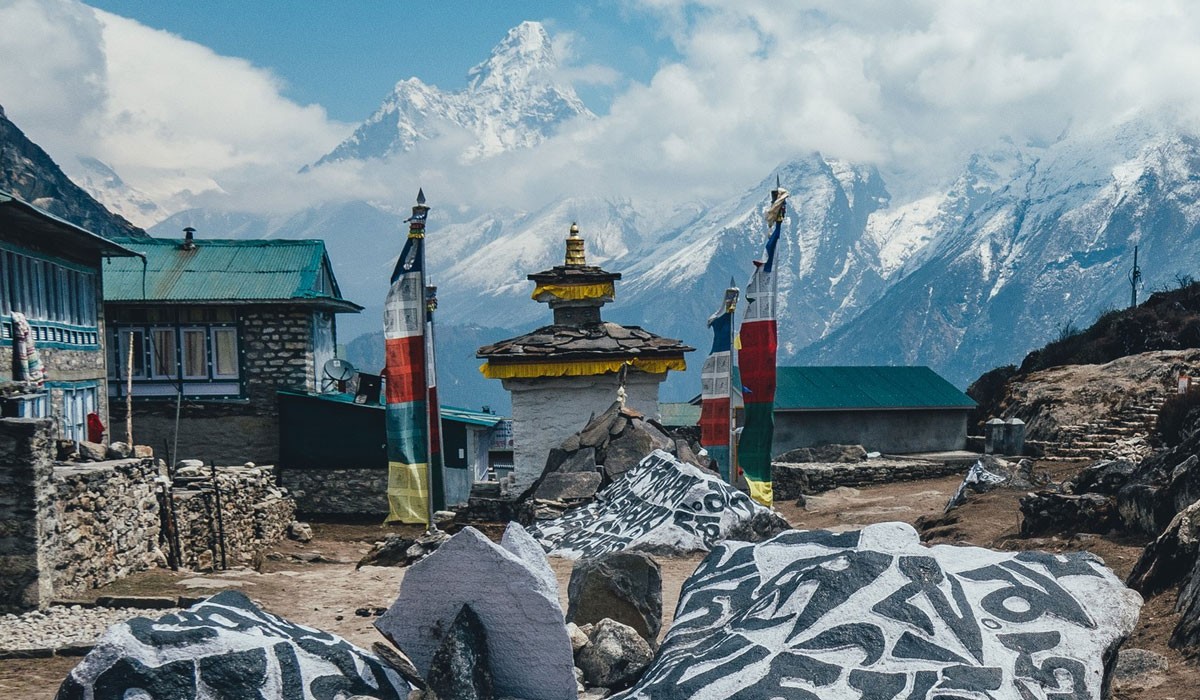
This classical Himalayan adventure takes you along the trails of the mainstream Everest Base Camp Trek route. It means that this is the most popular trekking destination in the entire country, and you will be able to enjoy the perks of the mainstream route.
You will have several accommodation options to choose from during this excursion, from teahouse/guesthouse, lodges, and homestays to mountain huts and camping. You can decide the type of accommodation facilities depending on the experience you are looking for.
Still, teahouse accommodation is one of the most beloved and popular arrangements that trekkers prefer on this route. In this 8 day trekking package, you will stay 7 nights at the teahouses/lodges in the trekking route.
Your standard trekking package will get you a shared room with 2-3 adjacent beds and all basic-level amenities. If you want more comfortable accommodation facilities with extensive amenities, you also have the option to switch to luxurious trekking packages.
Drinking Water
You should drink at least 3-4 liters of water per day in your Everest Panorama View Trek. You will lose a significant amount of water level during the long-haul trekking, and if you don’t maintain the water level, it can put you at risk of several health hazards.
Thus, meeting the hydration quote during each day of the trek is very important. If you are wondering about the most viable option to drink water in this trekking route, filling your bottles at clean water stations is the most suitable option.
You will also be able to buy mineral water bottles at the teahouses during the trek, but we don’t recommend it due to the environmental hazards the plastic usage invites. Also, purchasing water bottles can be expensive as it costs about US$ 2 to US$ 5, depending on the altitude.
So, carrying reusable water bottles and filling them at clean water stations is the most convenient way to drink water on this trip. However, don’t forget to use water purification solutions or tablets to make the water safer. Even though the water source in the mountain is clean, there is no harm in staying on the safer side.
Packing List for Trek for Everest Panorama View Trek
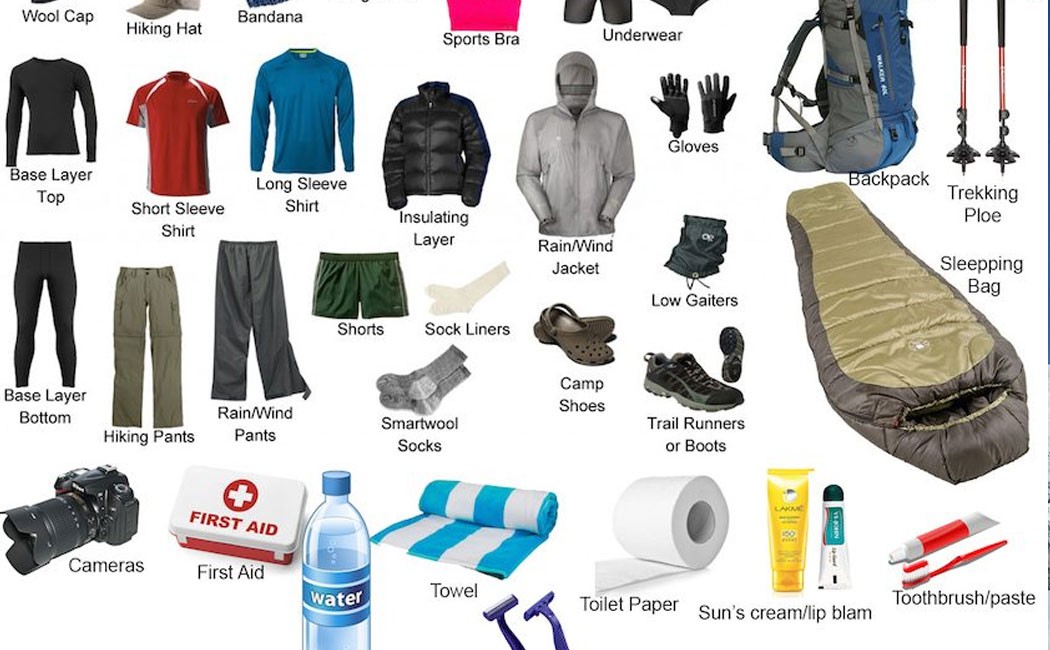
Even though the elevation jump point in Everest Panorama View Trek isn’t that significant, you will still have to deal with the climate alternation on this trip. So, you need to pack appropriate layers to stay warm.
Also, adding some trekking equipment can make the journey even more comfortable and enjoyable. However, be mindful of the weight limit of your luggage; the weight limit for porters during the trek is 15 kg per trekker. So, if you don’t pack efficiently, you will have to carry the extra luggage on your own or hire an additional porter for extra cost.
Here are some of our packing suggestions for this Everest Panorama View Trek:
For Head and Upper Body
- Sun brim hat/sports hat
- Beanie hat, knitted hat
- Neck scarf, cowl
- Moisture-wicking base layers
- Lightweight shirts or t-shirts (full sleeve and half)
- Insulating mid layers
- Vest or sweater
- Fleece jacket
- Windproof/waterproof outer layers
- Down jacket
- Insulated gloves, woolen gloves
For Lower Body and Feet
- Moisture-wicking base and mid-layers
- Waterproof/windproof trousers
- Hiking shorts
- Insulated woolen trousers
- Several pairs of underwear
- Lightweight and insulated socks
- Insulated trekking boots
- Comfortable trainer shoes
- Slippers or crocks
Personal Hygiene/Toiletries
- Bar soap, shampoo, and conditioners
- Sunscreen cream, body lotion
- Quick dry towel
- Tissue paper, toilet paper
- Nail clipper and small mirror
- Toothbrush, toothpaste, and dental floss
- Foot powder and deodorants
- Bug repellent
- Sanitizer
- Personal medication
- First aid kit
Equipment
- Sunglasses with UV protection
- Trekking poles
- Backpack/ daypack
- Packing sacks
- Sleeping bag
- Rain cover
- Reusable water bottle and thermos
- Headlamp
- Powerbank and portable solar charger
- Map, compass, and guidebook
- Pen and journals
- Camera
- Binoculars
- Board games or entertainment set
Internet and Electricity
As the Everest Panorama View Trek takes you across the major trekking destination in Nepal, the internet and electricity facilities in trails are more developed than in other remote trekking regions. Electricity is readily available throughout the exciting trekking route, and you will be able to charge your devices at break stops and your teahouse destination for the night.
Similarly, Everest Link is one of the popular modes of wireless internet facility in the Everest region. If you are not satisfied with the internet services at the teahouses on the route, you can use Everest Link to update your friends and family about the adventure.
Alos, the sim card you will use inside the country also does offer internet services. NTC and Ncell are two major telecom operators in the country, and both of them offer suitable data packages depending on your needs. You can visit the official sites of both of these networks, Ncell and NTC, to find the most ideal deal for you.
Some Related FAQs
Can a beginner do Everest Panorama Trek?
Yes, this easy-grade trekking adventure in the Everest region, which is remarkably shorter than 12 Days Everest base camp trek itinerary, is absolutely suitable for beginners as well.
How long is Everest Panorama?
The standard Everest Panorama itinerary lasts about six to nine days long.
How much does this trek cost?
General Everest Panorama trek costs about US$ 1,000 to US$ 1,500. If you are booking a luxurious mode of trekking, it can cost upto US$ 4,000.
Is there a risk of altitude sickness in this trek?
In this panorama trek, you won’t push for an altitude above 4,000 meters, so the risk of altitude sickness is pretty low. You will also trek slowly, acclimatizing to the new altitude in our itinerary plan, which further minimizes its risks.
Will I need supplementary oxygen for this trip?
The altitude gain in this Himalayan exploration is not as significant as other trekking adventures, so you will not need supplementary oxygen bottles.
Is there a cellphone coverage enroute?
Yes, most part of this trekking route has good cellphone coverage from local networks like Ncell and NTC. You will also be able to use the internet services provided by these networks in this trek.
Can I bring children above 12 on this trek?
This trek is specially designed for families for a remarkable Himalayan trekking experience. So, this trek is suitable for any age group with good health conditions.
Do I need crampons to do this trek?
If you are planning to do this trek during the peak seasons (autumn and spring), you don’t need to use crampons. However, if you are planning your trip during the off-season (winter and monsoon), you may need to use crampons depending on the trail conditions.
Does this route take you to Everest Base Camp?
Unfortunately, no, this trekking route doesn’t push all the way to Everest Base Camp. Still, you will be trekking on the mainstream EBC route and will trek upto Tengboche [3,860 meters/ 12,664 feet].
Who are my guides?
Rest assured, you will be in good hands; our government-licensed guides have significant years of experience in the Everest region. Also, they have received first aid and high-altitude training, so it certainly enhances the safety of your trip.
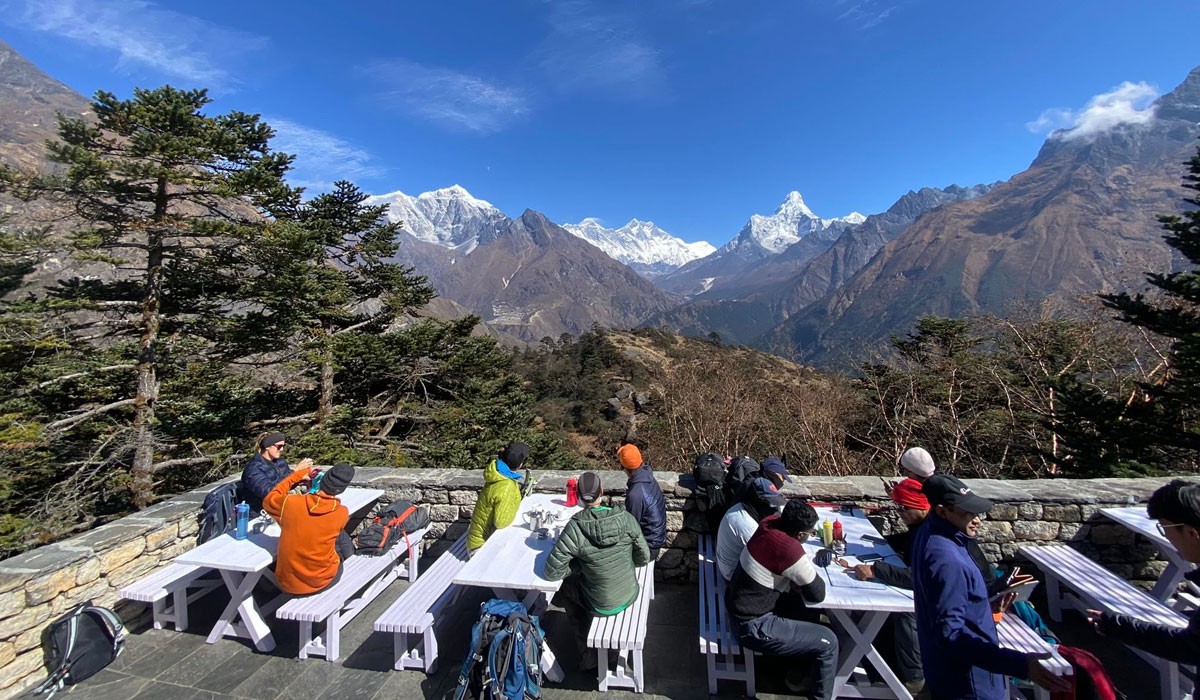
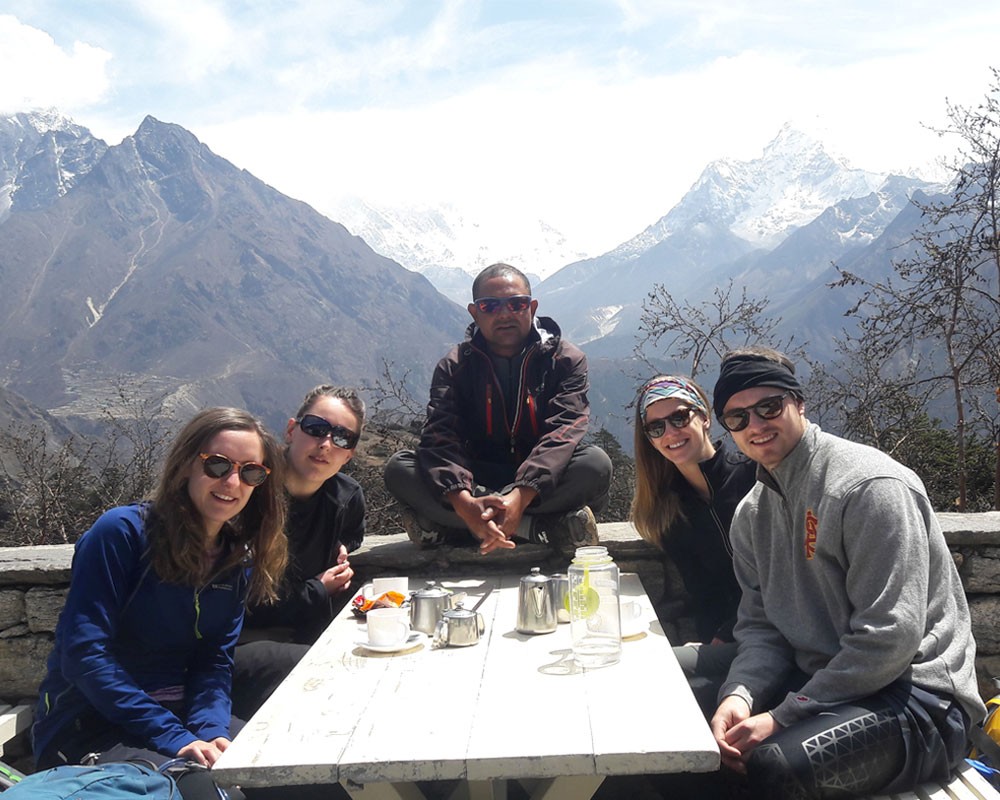


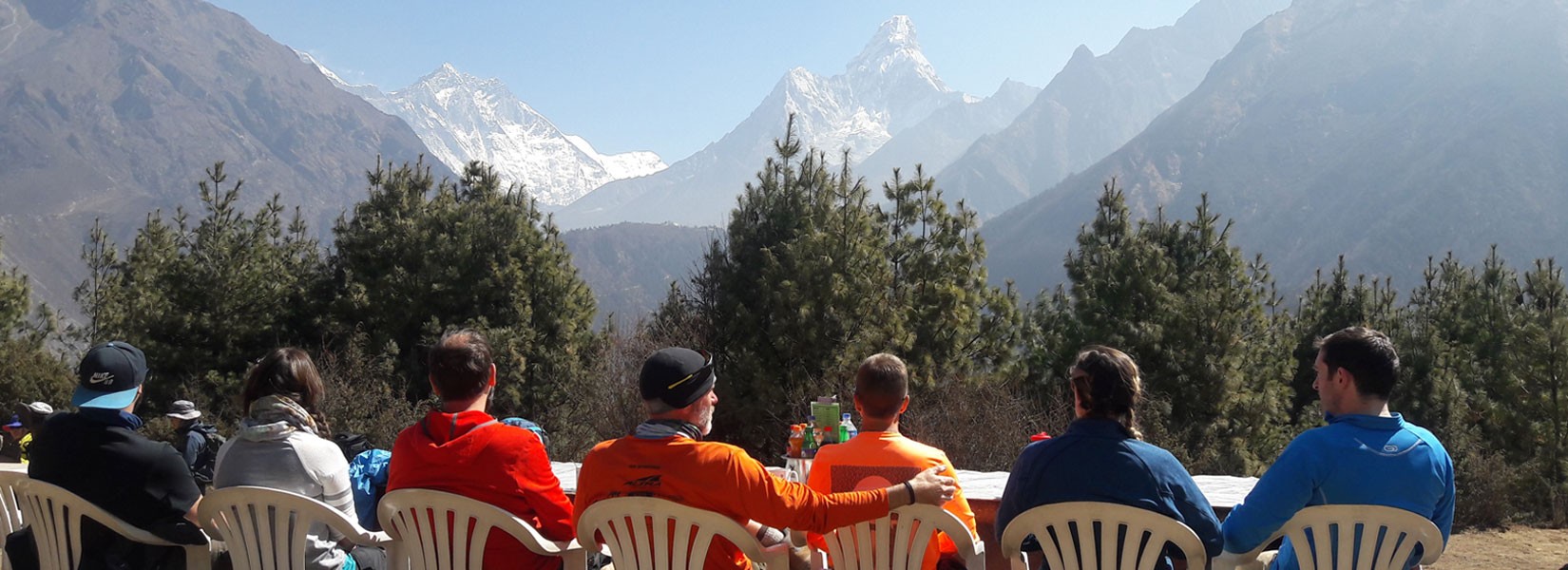







 (1).jpg)



